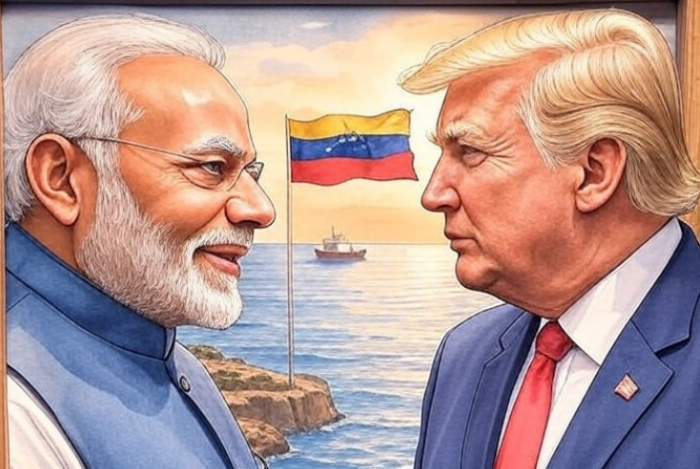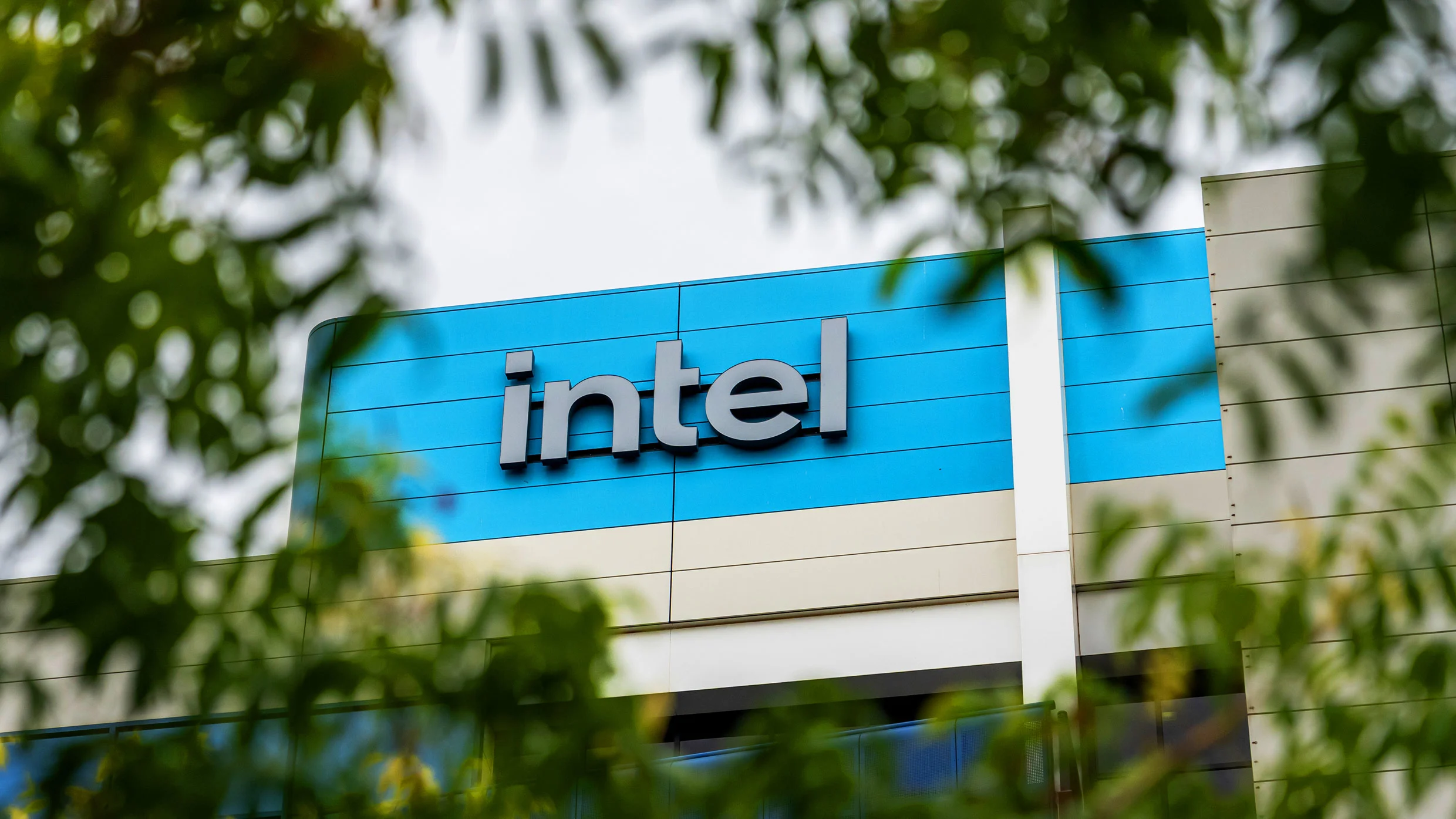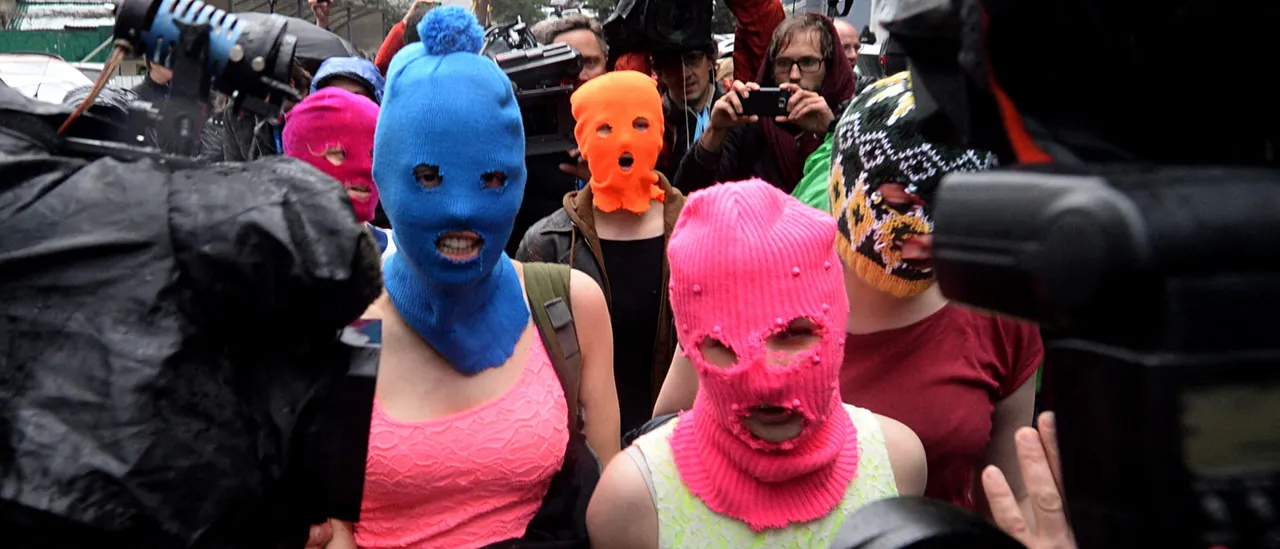Venezuela’s oil wealth: Through US sanctions, regime change and power plays, India’s energy security needs to balance a geopolitical tightrope
By Divyansh Tiwari
Copyright opindia

The United States’ approach to Venezuela has alternated between sanctions, law enforcement measures, diplomatic negotiations, and sporadic military signaling since the failed 2002 coup against Hugo Chávez and the 2025 naval build-up in the southern Caribbean. The chain of events is not as enigmatic as it may appear: multiple administrations have attempted to prevent the consolidation of an authoritarian, corrupt government that also controls the largest proven oil reserves in the world, encourages widespread regional migration, and Washington claims to provide sanctuary to transnational criminal and trafficking networks.
A short coup overthrew Chávez in April 2002, but it fell apart two days later due to local and regional pressure. This marked the beginning of the lengthy arc. The Organization of American States’ (OAS) condemnation of the disruption of constitutional order serves as an early reminder that Latin American legitimacy is based on inter-American norms rather than forceful regime change, regardless of how one interprets the United States’ awareness of opposition plotting. The episode strengthened Chavista mistrust of Washington and planted the myth that Venezuela’s issue is due to “imperial” involvement rather than a breakdown in internal government. This narrative is still widely held in Caracas.
After 2014, sanctions were the primary tool used by the United States, particularly as street protests were met with violent repression. In March 2015, the United States declared a national emergency and issued Executive Order 13692, laying the groundwork for targeted sanctions that would subsequently include oil-sector and sovereign-debt restrictions. The bet was simple: increase the cost of repression and corruption for insiders while implying that measured democratic reforms could provide relief. That thinking remained consistent between administrations, even as tactics changed.
The conflict became a test of regional diplomacy in 2019 when opposition leader Juan Guaidó was recognized as interim president. While Maduro was supported by Russia, Iran, China, and Cuba, the majority of the hemisphere (including the EU) supported the opposition. Given the defensive nature of TIAR and Venezuela’s delicate membership position, OAS governments even abandoned the Inter-American Treaty of Reciprocal Assistance (TIAR/Rio Treaty) in order to coordinate pressure that was more symbolic than kinetic. Although the action fell far short of sanctioning force, it did signal political isolation.
Following Russia’s full-scale invasion of Ukraine and the subsequent global oil crisis, energy and sanctions policy were interwoven. Through OFAC General License 44, Washington offered a sanctions pause in October 2023 in exchange for Caracas adhering to a Barbados Agreement roadmap for competitive elections in 2024. Treasury allowed GL-44 to expire and went back to stricter regulations when Maduro broke his promises to prevent opposition candidates and not release complete polling-station tallies. Through General License 41/41A, Chevron’s heritage joint ventures were given limited exceptions. The goal of this intermittent energy accommodation was to mitigate price increases while using sanctions to force open election space, a strategy that mostly failed by the middle of 2024. It had nothing to do with loving Maduro.
The 2024 election became the pivot. The contest “did not meet international standards,” according to independent observers, and officials would not provide the underlying polling-station records required to confirm official results. Similarly, the European Union refused to recognize until the tally sheets, or “actas,” were fully published. Despite opposition from the United States and Europe, Maduro was sworn in for a third term in January 2025. Washington’s tougher stance more focused sanctions, more forceful human rights rhetoric, and legal pressure on regime leaders was cemented by that result.
Why, then, does the US continue to “play” with Maduro instead of normalizing ties or, on the other hand, overthrowing him? Three drivers are particularly noticeable.
Mass migration comes first. From the U.S.-Mexico border to Florida, the almost 7.9 million Venezuelans who have fled the country have caused one of the worst displacement crises in history, putting a strain on neighbors and changing domestic politics in the United States. Any White House must demonstrate that it is tackling a fundamental issue that affects regional burden-sharing, police, and migration policy. For this reason, the lifting of sanctions has been contingent on substantiated reforms, and losses (like as the 2024 election) prompt retaliatory actions.
Great-power competition comes in second. Beijing is Venezuela’s biggest creditor, with about $60 billion in state-backed lending over the past ten years and growing political-security ties; Tehran has been shipping fuel, spare parts, and refinery know-how since 2020; and Moscow flew nuclear-capable bombers to Caracas in 2018 as a geopolitical billboard. U.S. strategists worry that a strong regime in Caracas may give competitors a foothold in the Caribbean’s information and energy markets. That does not imply war, but rather that Washington will continue to reduce the power of its enemies through diplomacy, law enforcement, and sanctions.
Third, the protection of assets and energy security. Even though Venezuela’s oil is heavy, emits a lot of pollution, and lacks infrastructure, every extra barrel counts in competitive markets. Under OFAC’s “favorable licensing” stance, US courts in Delaware proceeded with a creditor-driven auction of PDVSA’s U.S. refiner, Citgo, while the US toggled licenses to control pricing without sending money to Caracas. The purpose is contradictory on the surface: push the regime while stabilizing supply and upholding the rightful interests of bondholders and expropriation victims.
Washington has alternated between selective licensing, increased sanctions, and high-profile security measures in the southern Caribbean since Venezuela’s contentious July 28, 2024, presidential election, which the EU, OAS, and Carter Center concluded lacked transparency. The United States even launched deadly attacks on boats it claimed were Venezuelan drug-running vessels in September 2025, indicating a new stage of coercive pressure. Regardless of how wise you think that strategy is, it is already changing maritime routes, legal risk, and energy flows including those that India and Indian businesses rely on.
The India angle: Subtle but substantial
ENERGY SECURITY: Crude slate and margins are where India’s stakes begin. The mega-complexes in India, particularly Reliance’s Jamnagar, are designed to handle the heavy and sour barrels produced by Venezuela. Reliance requested and obtained U.S. approval in July 2024 to resume Venezuelan imports following US relaxation in late 2023, which momentarily improved differentials and optionality. However, as the United States tightened once again in 2025, Venezuelan flows were restricted and commerce became more complex due to shifting tariff and license dynamics.
UPSTREAM EXPOSURE: In San Cristóbal (40%) and Carabobo-1 (~18%), ONGC Videsh still has stock. Caracas agreed to pay some of the about $600 million in unpaid oil dividends after 2023–24 flexibility, but additional US tightening forced ONGC to look for its own unique US licenses to operate and collect debts. India’s capacity to recover previous investments is strongly impacted by the speed at which those permissions (or denials) are granted.
PHARMACEUTICAL TRADE: Venezuela’s payment risk and healthcare shortages pose a threat to Indian pharmaceutical companies. In order to collect arrears, New Delhi proposed an oil for drugs barter in 2016. India’s pharmaceutical shipments to Venezuela were still worth $111 million in 2024, but they were still insecure. That vital market is at risk from any downward spiral or sanctions-related backlash.
MACRO GEOPOLITICS: Russian oil is already putting pressure on India’s delicate balance with the United States, Russia, and the Global South. New Delhi has pushed Washington to ease access to sanctioned Iranian and Venezuelan oil if it wants India to stop buying Russian oil because the price of alternative barrels is higher due to new US tariff pressure and connections to trade discussions. India’s energy hedging strategy includes Venezuela policy.
The practical lesson is straightforward for India. When preparing the crude slate for the upcoming quarter or the export goals for the upcoming year, keep a watch on Caracas. Keep an eye on the licensing cadence, General License 44 family and General License 41 family, as every modification toggles freight payments, compliance risk, and heavy-barrel availability. Keep an eye on the election-legitimacy dispute, as it influences coordination throughout Europe and the hemisphere and, consequently, the likelihood of abrupt policy changes that generate price shocks. Keep an eye on the Caribbean’s marine pace, as insurance and routing issues increase the delivered-cost floor for exports of Indian goods. ONGC Videsh’s license petitions and Reliance’s licenses should be followed since they represent the real-world turning points for India’s energy involvement. Additionally, pharmaceutical exporters should review their backup plans from the oil-for-drugs discussions in 2016 in case payment methods are taken over.
Furthermore, would a US invasion or attack dissuade adversaries? The argument is well-known: using decisive action in the Americas would break the purported union of state and cartel while also giving Beijing, Tehran, and Moscow legitimacy. However, the cost is really high. Strategically, it would risk a surge of refugees on top of an already historic displacement, possible proxy entanglements, and a breakup of the very coalition (EU/OAS democracies, important Latin neighbors) that Washington claims is its comparative advantage. Legally, an invasion without Security Council cover would be a violation of the UN Charter. To put it another way, it may indicate strength but destroy the wiring that maintains leverage.



